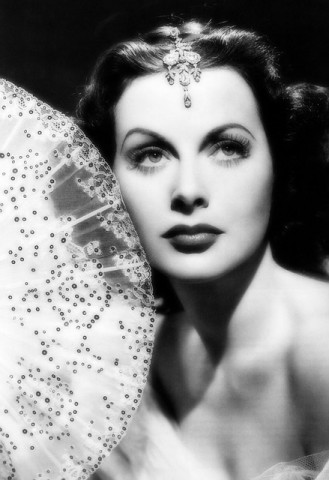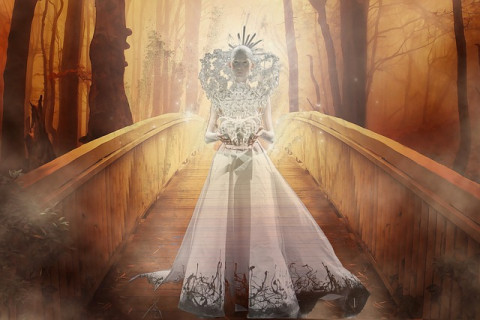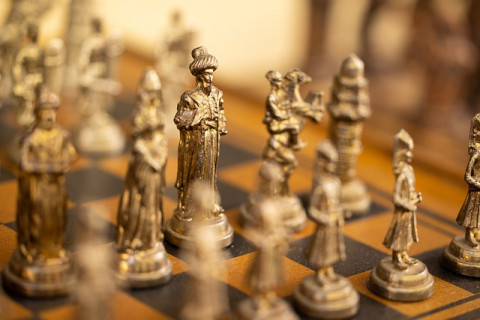Number of the Day: 11

photo: Pixabay
Hedy Lamarr is often recognized as an early Hollywood starlet with film credits such as Algiers and Boom Town.
As an inventor, Lamarr made significant contributions to radio and technology and systems. She was granted a patent for secret communication systems under U.S. Patent 2,292,387 on 11 August 1942 (filed using her married name Hedy Kiesler Markey).








